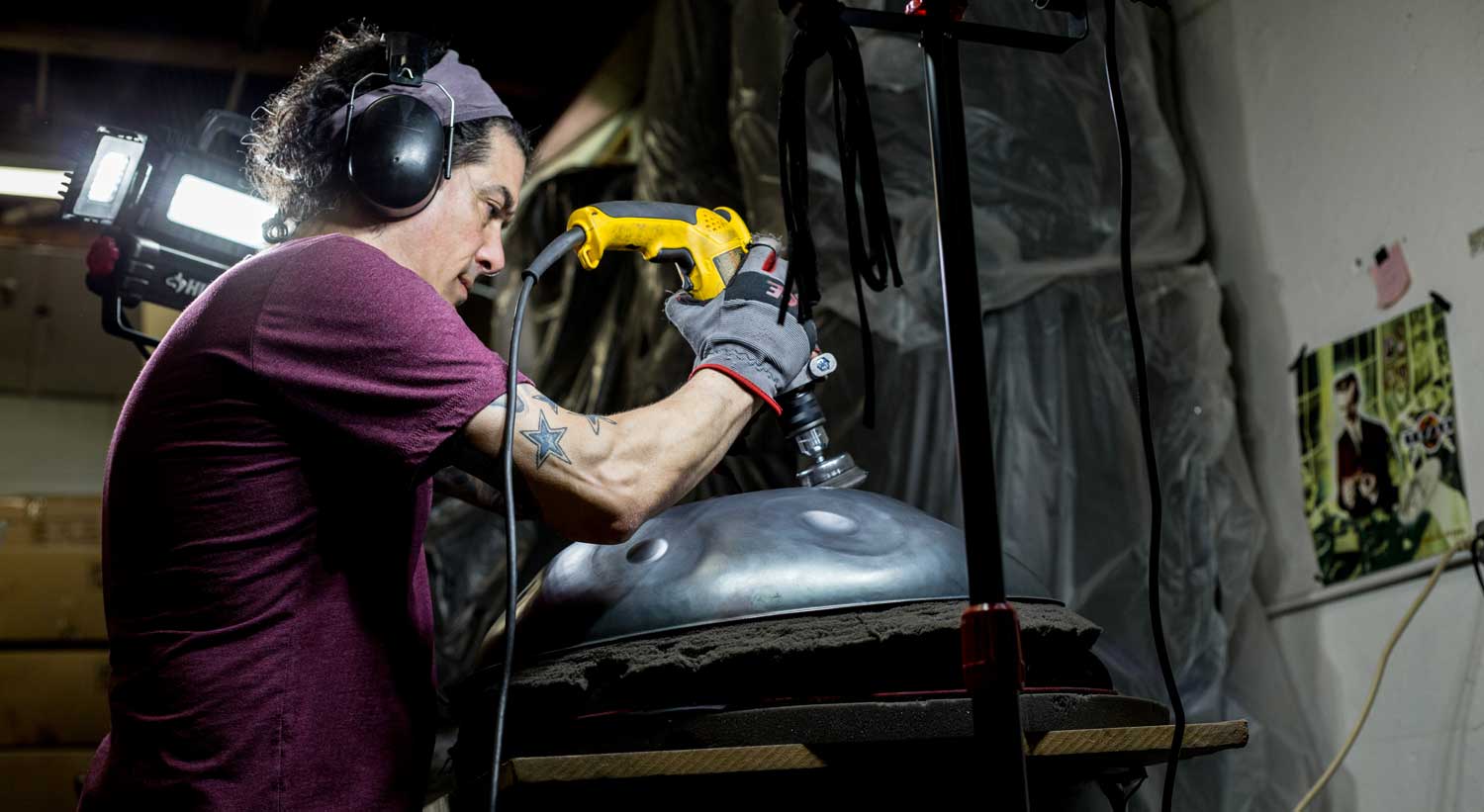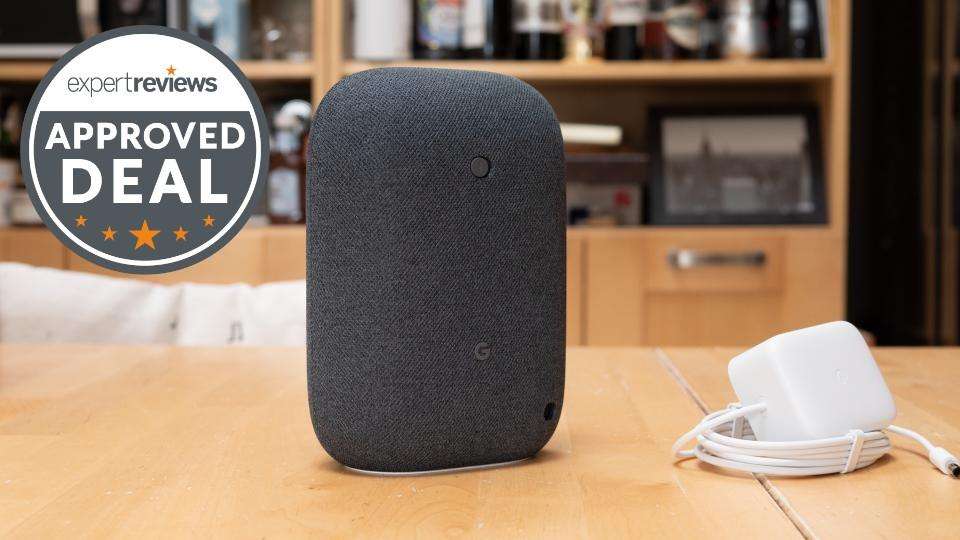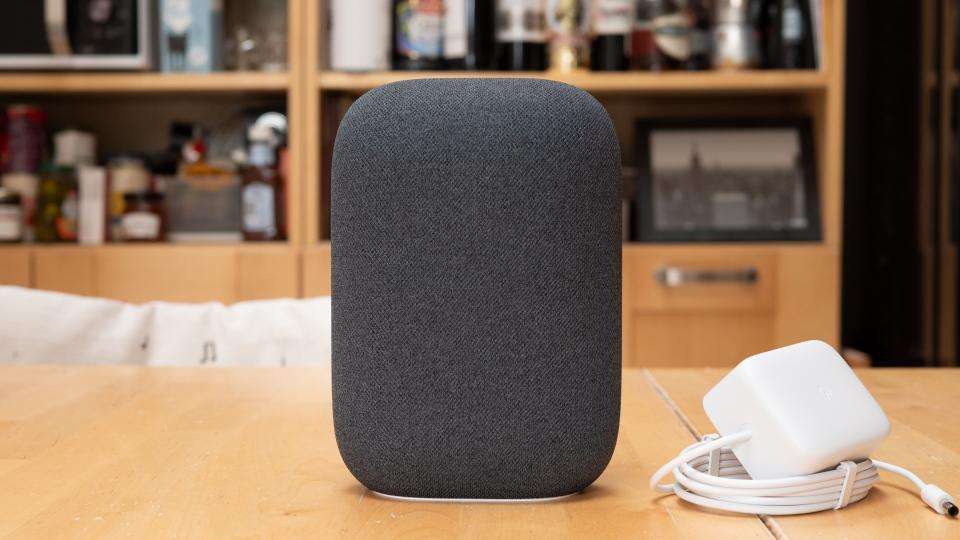How to choose LED emergency lighting: what are the options and how do they compare?
Different types of emergency lights are suitable for different environments. In this guide we will

Explain the difference between maintained and non-maintained emergency lighting
Run through the different types of lights, what their features are where they can be used
Profile the best emergency lights for offices and homes and offer customer reviews
Answer some maintenance, legal and testing FAQs
Jump to the section you need:
What is emergency lighting?
Emergency lights are designed to ensure there is still light when a building’s main power supply cuts out. Battery-backed devices that switch on automatically, they are fitted as standard in commercial offices and new-build residential homes.
They are safety mechanism, so that if the main power cuts out people can still see and safely navigate their way through a building. Emergency lighting is often used to lead people towards emergency exits and to safety as quickly as possible.
There are two types of emergency lighting:
Maintained emergency lighting
These lights are designed for continuous normal use in non-emergency situations. They run off the mains supply until that cuts out, which is when they take power from a backup battery. Maintained emergency lights are normally used in public buildings like shopping centres or cinemas where people may not be familiar with the layout of the building.
Non-maintained emergency lighting
These lights use a backup battery and are only active in emergencies. They are normally used without maintained lighting in offices and spaces where the occupants will be familiar with the layout. Lots of public buildings will use both maintained and non-maintained emergency lighting.
Which one do I need?
If you are looking for lights for an office or industrial environment with a simple layout non-maintained should be enough.
If you are looking for lights for a building that has a lot of members of the public coming in who might not be familiar with the layout you should install maintained and non-maintained emergency lights.
There is no legal stipulation to install maintained or non-maintained lights but you must have sufficient lighting if the power goes out. Read more about legal requirements in our FAQs below.
What are the options? Types of LED emergency lights
Click the links to view each range of emergency lighting
How different types of emergency lighting compare:
Panel Bulkhead Batten Sign Twin spots Downlight Gear tray Position Ceiling Ceiling
Wall Ceiling Ceiling Ceiling
Wall Ceiling Ceiling Locations Offices
Warehouses
Businesses Businesses
Industrial spaces
Outside spaces Industrial
Businesses
Offices Businesses
Offices
Industrial
Modern homes Industrial
Warehouses
Car parks Homes
Offices Offices
Businesses Maintained or non-maintained Maintained Both available Non-maintained Both available Both available Maintained Maintained Shape Square
Rectangular Rectangular
Circular Rectangular Rectangular Box-like Circular Circular IP rating IP20 IP54–IP65 IP65 IP20 IP20 IP54 IP20 Regular life expectancy 35,000–50,000 30,000 hours 50,000 hours 6 years 50,000 hours 50,000 hours 25,000 hours Emergency battery duration 3 hours 3 hours 3 hours 6 years 3 hours 3 hours 3 hours Lumen output ? Lumens is a measurement of light output (brightness). Lumens are indicated by lm. 3,600lm–6,300lm 80lm–1,150lm 2,400lm 16lm 500lm 850lm 1,440lm
Panel Bulkhead Batten Sign Twin spots Downlight Gear tray Position Ceiling Ceiling
Wall Ceiling Ceiling Ceiling
Wall Ceiling Ceiling Locations Offices
Warehouses
Businesses Businesses
Industrial spaces
Outside spaces Industrial
Businesses
Offices Businesses
Offices
Industrial
Modern homes Industrial
Warehouses
Car parks Homes
Offices Offices
Businesses Maintained or non-maintained Maintained Both available Non-maintained Both available Both available Maintained Maintained Shape Square
Rectangular Rectangular
Circular Rectangular Rectangular Box-like Circular Circular IP rating IP20 IP54–IP65 IP65 IP20 IP20 IP54 IP20 Regular life expectancy 35,000–50,000 30,000 hours 50,000 hours 6 years 50,000 hours 50,000 hours 25,000 hours Emergency battery duration 3 hours 3 hours 3 hours 6 years 3 hours 3 hours 3 hours Lumen output ? Lumens is a measurement of light output (brightness). Lumens are indicated by lm. 3,600lm–6,300lm 80lm–1,150lm 2,400lm 16lm 500lm 850lm 1,440lm
Best emergency light for homes
Emergency SOLO All In One 10w LED Dimmable Downlight
The Emergency SOLO All In One is a maintained light, meaning that in normal situations it can function as a standard light source.
However, the All in One downlight is far from standard. The ability to change the colour temperature from ultra-warm through to ultra-cool means it is a great choice for anywhere in the home, from living rooms to bathrooms.
The emergency pack comes pre-wired in a fireproof pack which consists of a 3-cell D Type battery and Lite plan NED/3/80 emergency module. The downlight can run in emergency mode for three hours.
Emergency SOLO all-in-one information
Wattage 10w Voltage 220–240 Lumens (lm) 850 Switching cycles 100,000 Line frequency 50–60 Lamp diameter 110 Lamp length 110 Colour temperature 3,000k/4,000k/6,000k Colour rendering index 80 Fire rated 90 mins Dimming capability Yes Beam angle (o) 40 IP rating 54 Lifespan 50,000 hours Manufacturer Brite Source Warranty 5 years
Best emergency lights for offices
Emergency light accessories
Accessory Information Image Liteplan NED LED Emergency module An emergency lighting conversion kit
Designed to convert regular LED panel to an emergency panel
Provides 3 hours of emergency lighting
For use with 2-30 LEDs in series (6–80v).
Module size: 165mm x 45mm 29mm
Fixing points 155mm Click here to find out more Emergency Battery 3 Cell Stick c/w Leads A 3.6 volt D cell, nickel cadmium rechargeable 3‑cell battery stick for use with emergency lighting
The equivalent to a 3DH4-0L4 YUASA Click here to find out more 15w LED 2D Emergency Gear Tray—Standard White 15w LED emergency gear tray to replace a standard 28w 2D emergency gear tray
Designed to convert existing fittings Click here to find out more
LED emergency lights reviews
FAQs
When are emergency lights required?
Emergency lighting is essential for almost every building.
The legal requirement is that all non-domestic/multi-storey residential buildings (hotels, nursing homes, schools, offices, shops, museums, licensed premises etc.) must be safe at all times, even if the main power is cut.
How long should emergency lights stay on?
Emergency lighting should remain lit for at least one hour.
Depending on the size and complexity of the building, it is likely emergency lighting will need to stay on for more than one hour. At least three hours is required if the premises are unlikely to be evacuated immediately—for example, hotels and multi-storey residential buildings.
One hour is simply the legal minimum for emergency lighting—it costs very little to increase that to three hours or more. In these situations, it’s better to be safe than sorry.
Who can test emergency lighting?
The occupier/owner of the premises can appoint a competent person to supervise servicing of the emergency lighting system.
When testing the emergency lights, the owner of the building can train one of their employees to carry out the necessary tests. However, if any faults are found in the system the owner would need to hire a trained engineer to fix them, as failing to do so would go against electrical regulations.
How do I test emergency lights?
To simulate a power failure, switch off power from the circuit via the circuit breaker. Walk through the whole building, checking that the emergency lights are working. If any emergency lights are malfunctioning, make a note in your building’s fire safety logbook and call out an electrician ASAP. Switch the main power back on. Re-walk the route to ensure the emergency lights are now off (non-maintained) or still functioning (maintained).
How often does emergency lighting need to be checked?
You should carry out monthly tests and annual tests.
Monthly emergency lighting test
You must test all emergency lighting systems each month.
Check that emergency lights and signs are clean and in working order.
The test needs to be long enough to check that the lights are working properly.
You must record your results and have any issues fixed ASAP.
Annual emergency lighting test
Once a year, you must drain your emergency lights fully—that is, leave them on for their full battery life (this might be one hour, three hours etc.). The lights should stay on for that entire time.
Switch off the main electricity supply.
Check all the lights. They must still be working at the end of the test.
Record results and fix any issues ASAP.
Switch the mains back on.
Is emergency lighting a legal requirement?
Yes for all non-domestic buildings and for high-rise residential areas.
For more information about emergency lighting legislation, visit
What is the minimum lux level for emergency lighting?
The minimum lux level depends on where the emergency light is located.
Lux levels are a unit of illuminance over distance.
1 lux = the illumination of a surface of one square metre that is one metre away from a single candle
Lux levels are important for emergency lighting as they are essential to protect people during a power outage.
Escape route from the building: 50% of the width of the route should be lit to a minimum of 1 lux
Anti-panic areas ? : 0.5 lux Anti-panic lighting is designed to prevent panic in larger gathering areas in the event of a power failure. They enable people to reach access points to escape the building
The lux levels need to relate to the nature of the premises, with extra care taken for areas such as hospitals, crowded venues and supermarkets etc.
What is self-contained emergency lighting?
A self-contained emergency light contains all the elements required—control unit, lamp, battery etc.—within the unit itself (or within one metre of the unit).
LEDs are normally self-contained to make them as simple to use as possible.
How do I turn off emergency lights?
Emergency lights contain a timer that turns the emergency battery off after 10–15 minutes of the power being restored.
If your emergency light is non-maintained (not designed to run off the mains supply) and is still illuminated, you have a fault. Contact an electrician as soon as possible.
Emergency Lighting systems and Battery Backup Fixtures
Let’s admit it – Deep down, we’re all afraid of the dark. This is especially true in emergencies and power outages when bad things can happen in the dark, even in familiar places. That’s why, in modern times, we created emergency backup lighting designed to kick in automatically when the main system goes down.
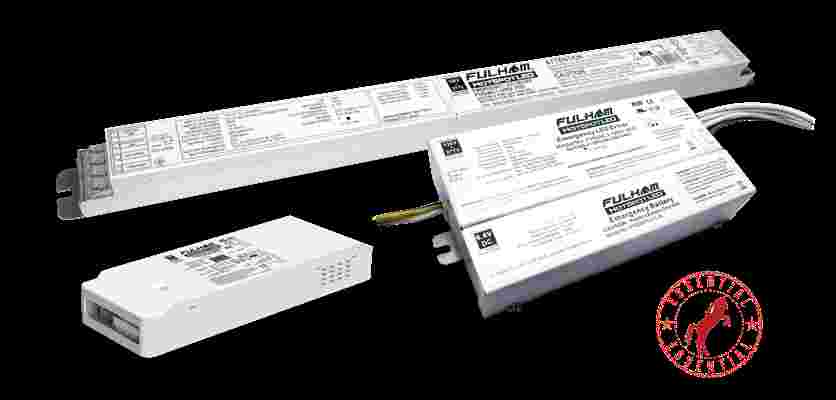
This is usually a secondary generator or LED battery backup system that provides temporary illumination until a location is vacated or the lights go back on. In other words, the purpose of LED emergency lighting is to illuminate the quickest path of egress in a power outage situation so that building occupants can reach safe conditions.
Until recently, emergency backup lighting was noticeably inferior to the main system. It was, after all, designed to be just a stopgap measure, like those dinky 25-mile emergency spare tires of a car intended to last as far as the next gas station.
But now, based on increasingly stringent safety code requirements, the lighting industry has developed a variety of reliable, long-lasting and brighter-burning emergency lighting systems – most of which employ LED lighting and provide emergency light to codes often of 90 minutes or more.
Fulham has developed a wide-ranging and innovative, award-winning range of lighting system Emergency Solutions as follows (under both the FireHorse and the HotSpot LED brand names):
Emergency Lights, Cold Weather
Emergency Lights, Cold Weather Products (107 items)

Emergency Lights | Buy UL listed emergency lighting
An emergency light is a lighting device with a battery backup that switches on automatically when a building experiences a power outage. Emergency lights are standard in commercial and high occupancy residential buildings, such as college dormitories. Most building codes require emergency lighting be installed in older buildings as well.
Cold Weather emergency lights & exit signs
Batteries placed in cold environments can eventually fail or rupture. If your emergency lights or exit signs will be installed in temperatures below 20° F (-6° C), you may want to consider a cold weather option. Cold weather lights include a thermostatic battery heater which maintains the battery strength and lifespan in temperatures between -4° F (-20° C) and -40° F (-40° C) depending on the model you choose.
Please call us at 763-292-5485 to speak with an expert, or email to receive a quote.

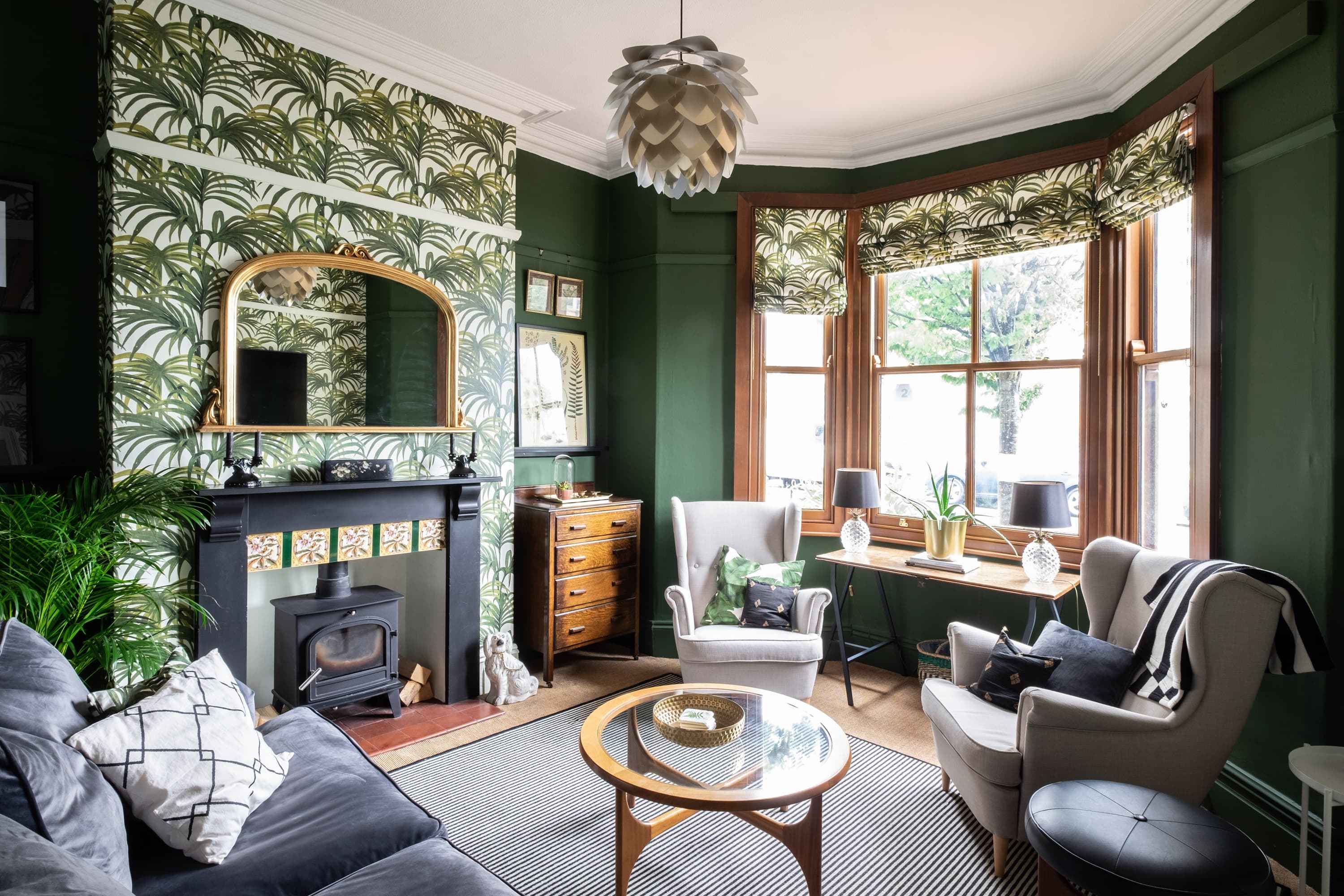
![31 Best IPTV Services for FireStick, Android TV, PC [Dec 2021]](https://www.lampsofbible.com/storage/upload/Images/_1639646173_nXrO23JGnM.jpg)
